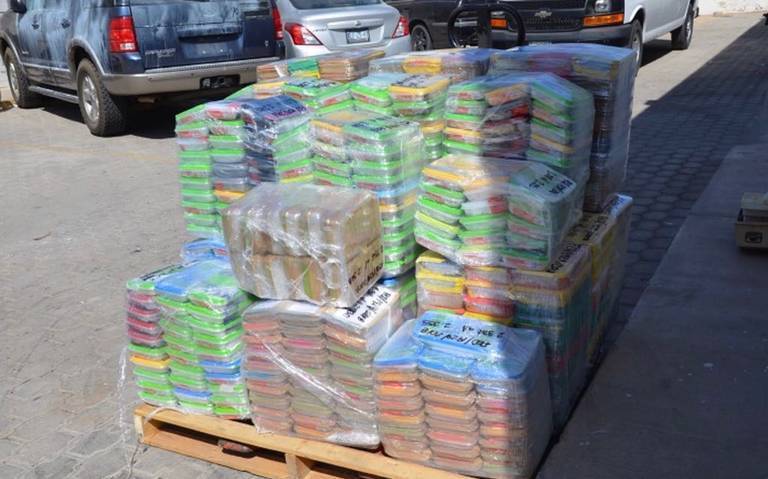Drug gangs have infiltrated a Panama port through employees who smuggle cocaine into cargo containers destined for Europe — a trafficking scheme that shows how Panama’s shipping industry is used to move large quantities of drugs across the Atlantic.
Local gangs, in partnership with Colombian traffickers, have become increasingly involved in protecting and smuggling cocaine onto cargo ships docked in the port city of Colón along the northern edge of the Panama Canal, according to La Prensa.
SEE ALSO: Panama News and Profile
The cocaine arrives from Colombia via drug mules. Carrying as much as 10 kilograms of cocaine in backpacks, they cross the Darien Gap, a jungle separating Colombia and Panama. The Colón gangs receive the cocaine and then smuggle it into the port with the help of compromised employees. These employees, known as “cuadrillas,” include security guards at the port’s entrance and dock workers who conceal the drugs within the walls of shipping containers and inside fruit cargo headed to Europe.
According to La Prensa, a port security guard can earn as much as $10,000 per shipment.
In 2018, authorities in Colón arrested 330 people and seized 12 tons of cocaine, according to government figures. Nearly half of the seized cocaine was discovered in the port terminals.
InSight Crime Analysis
Colombia’s boom in cocaine production and Europe’s increasing appetite for the drug have made Panama and its vast shipping industry a target of drug traffickers.
Panama’s strategic location has long made it a waystation for drug shipments from South America. But the amount of cocaine moving through the country has increased.
Last year, authorities seized 73 tons of cocaine, a massive jump from the 11.2 tons in 2000, according to Panama’s public ministry. And from 2014 to 2017, the amount of seized cocaine jumped from nearly 40 tons to more than 80 tons.
The more than doubling of seized cocaine in four years could be attributed to better interdiction efforts by authorities, but is also likely tied to record cocaine production in Colombia.
SEE ALSO: Colombia News and Profile
The cargo ships passing through Panama and destined for Europe are particularly attractive to Colombian traffickers who are seeking to gain access to markets other than the United States, where they have lost out to Mexico’s criminal groups. Moving the drug across the Atlantic is a way for the Colombian traffickers to make up the shortfall, as street prices in Europe are high and demand for the drug there continues to grow.
Panama is not the only country in Latin America seeing its ports targeted by smugglers. A remote port along the Caribbean coast of Costa Rica has seen a spike in the amount of cocaine discovered in cargo destined for Europe. And authorities in Brazil have revealed a new trafficking route from an antiquated port to the Netherlands.
Northern European ports have also been flooded with cocaine. The Port of Rotterdam in the Netherlands and the Port of Antwerp in Belgium saw more than 73 tons of cocaine in 2018, a nearly 35 percent increase from the 54 metric tons seized in both harbors in 2017.
Stuffing cocaine into a container ship full of fruit may seem like an old-fashioned smuggling gambit. But traffickers still find the method effective, and port employees will always be susceptible to their overtures.
